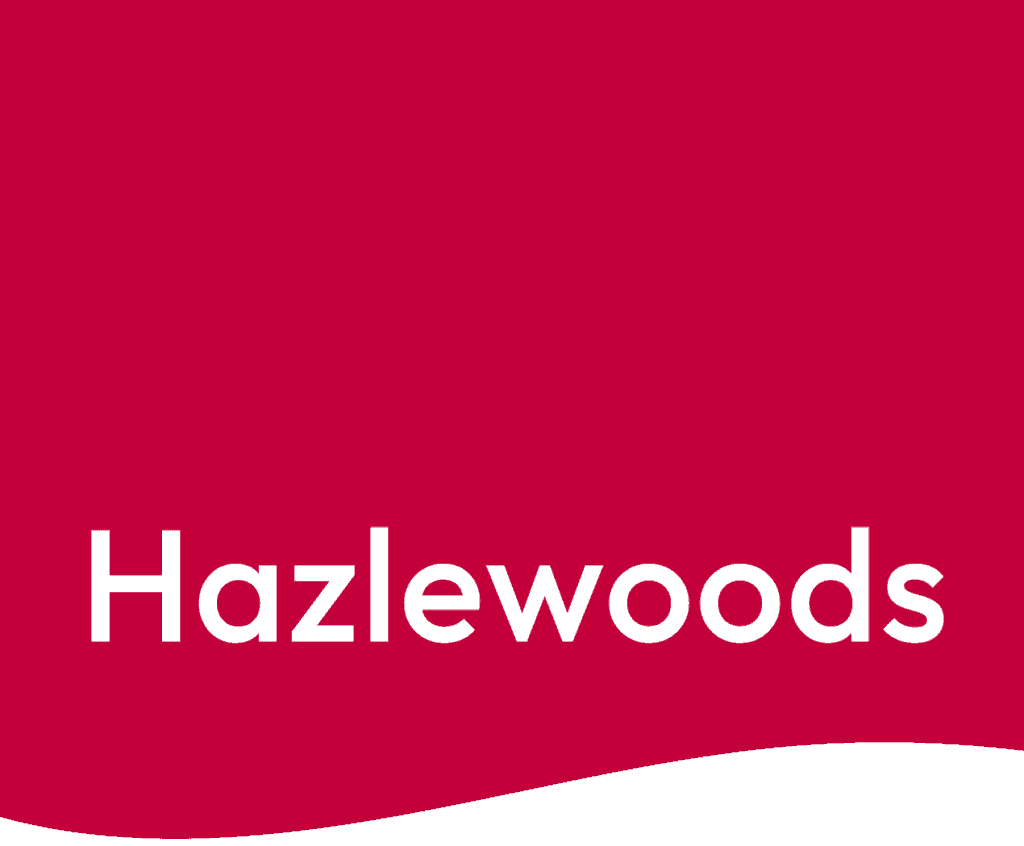Insights
News
The latest news and views from the Hazlewoods team.

Hazlewoods Financial Planning recognised in FT Adviser top 50 list
Hazlewoods Financial Planning have been recognised in the prestigious FT…

Financial planning in uncertain times
Financial planning in uncertain times: Why market speculation is a…

Financial Planning update: Pension changes on the Horizon
Since the pension freedoms were introduced in 2015, pensions have…

Financial Planning Update: The value of a financial adviser
Life is uncertain, and none of us know what is…

Financial Planning update: Spotlight on…Alex Davies
For our next spotlight interview with the people at the…

Financial Planning update: Number of entrepreneurs selling their businesses increases 23% in one year
The number of entrepreneurs under the age of 40 selling…

Financial Planning update: The new full state pension and national insurance
Having gaps in your national insurance record could affect the…

Financial Planning update: Is now the time to consider buying an annuity?
The Bank of England recently increased interest rates for the…

Financial Planning update: Spotlight on… Andy Hogarth
People are at the heart of the Hazlewoods Financial Planning team,…



